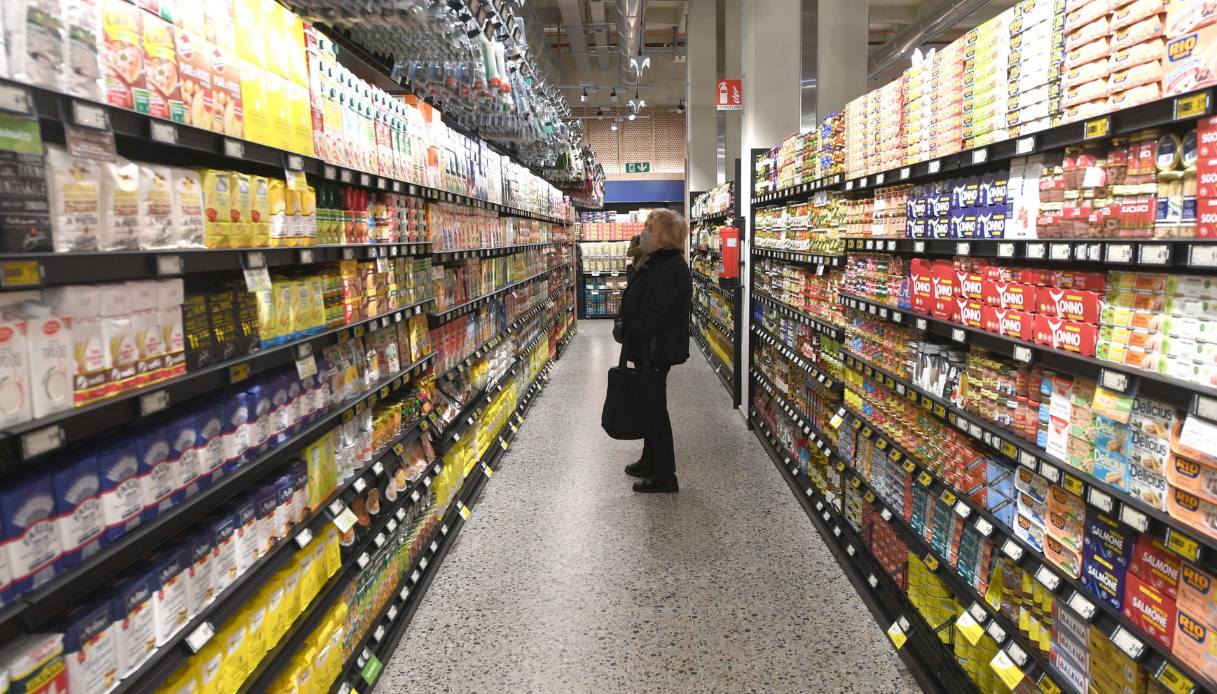New food alarm in Italian supermarkets, with anchor a product that has been withdrawn off the shelves due to the risks associated with the possible presence of salmonella. In fact, on Friday 17 February, the Ministry of Health issued the alert concerning a specific one salamipresent on the shelves of many Italian supermarkets.
The note from the Ministry of Health
As specified in the recall issued by the Ministry of Health, the recall of the product has been imposed since February 17 “Strolghino vacuum packed”, under the Strolghino brand, sold in 250 gram vacuum packs and produced by Salumificio Galli Remo.
The note was issued not only by the ministry, but also by Prix supermarketsa large-scale distribution chain in the Veneto region, active in Italy since 1971.
The Prix website specifies that the goods affected by the withdrawal are the strolghino of culatello produced by Salumificio Galli Remo srl in Via Milano 187 in Cogozzo di Viadana, in the province of Mantua.
What to do with the retired Strolghino
The lotus affected by the withdrawal, as clarified in the note released by the Ministry of Health, is number 16, which has the IT 1212 L CE code as its identification mark.
The product has been recalled for presence of Salmonella sppand in the warnings of the ministerial note it is strongly recommended to do not consume the product and, if possible, return it to the point of sale where it was purchased.
The same precaution is present on the Prix supermarket website, where in the warnings it is clearly specified “do not consume e return the packages to the point of sale”.
The risks of Salmonella
With the term salmonella a genus of bacteria present in nature in over 2 thousand variants is identified, responsible for most of the infections contracted through food. The disease associated with the transmission of this pathogen is the salmonellosisone of the most frequent food-borne diseases in humans.
The main means of contagion are products of poultry origin, eggs and derivatives, raw or undercooked meats, fresh or unpasteurized milk and cheeses. Usually these contaminations are caused by the so-called “minor salmonellas”, which they cause gastrointestinal symptoms such as nausea, vomiting, abdominal pain and diarrhea within hours of ingesting the contaminated food.
Symptoms usually they resolve spontaneouslyalthough in some cases they may present more serious symptoms, especially in fragile subjects such as children, the elderly or immunosuppressed people.
Photo source: ANSA
